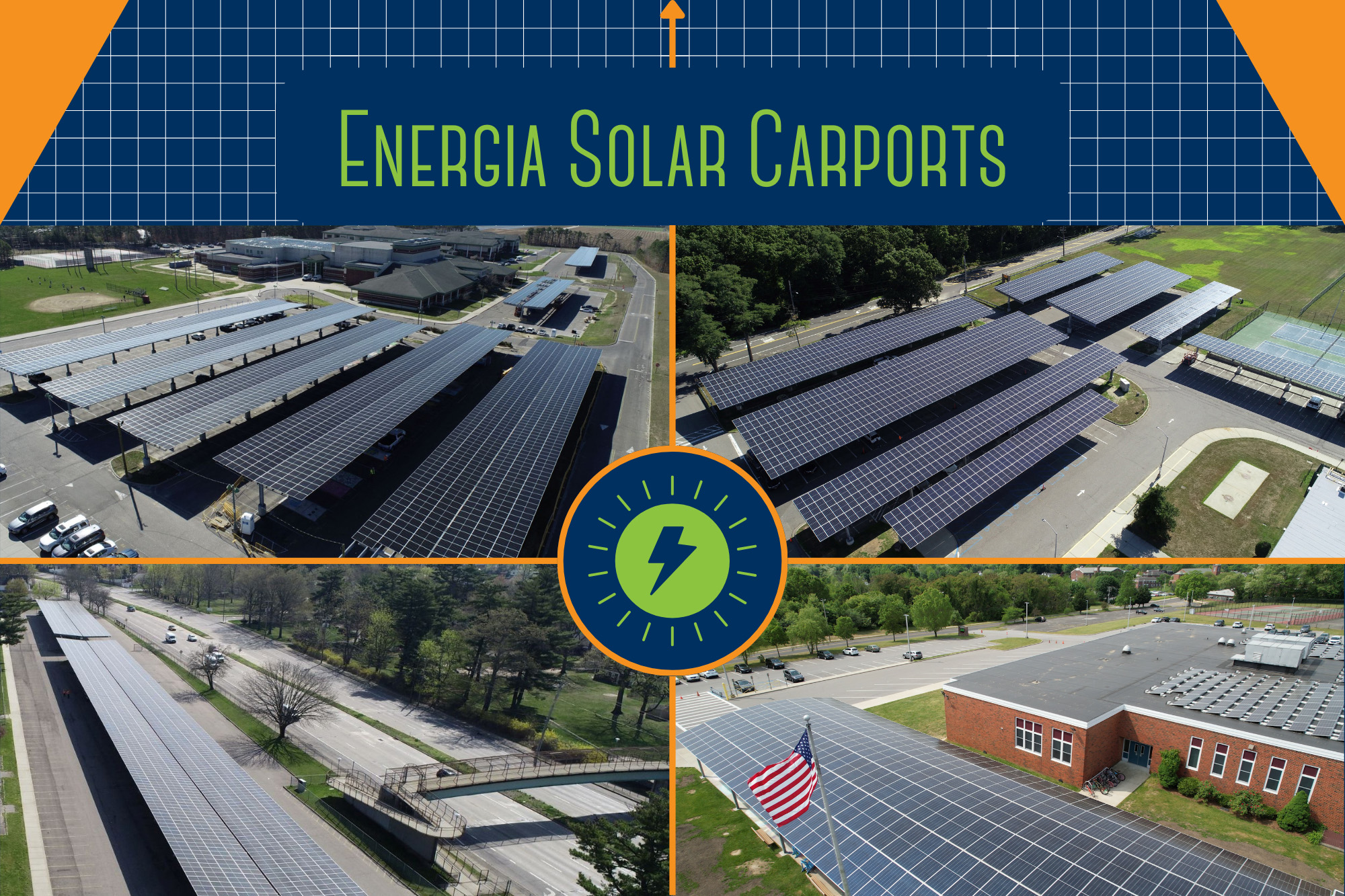The Time is Right for Solar
Maximize Solar Benefits for Your District Today With Solar Carports & Solar Canopies!
Carports
Utilizing solar carports presents an opportunity to significantly boost energy efficiency within your districts while simultaneously benefiting your students, staff, and community members. By utilizing parking areas for electricity generation and providing shaded or covered parking spaces for vehicles, this solution offers multiple advantages.
There is no better time than now to embrace this technology. Recent revisions in state regulations aim to promote widespread adoption of solar energy, simplifying project implementation and enhancing revenue generation. With our budget-neutral approach, districts can now install larger systems, receive increased aid, ultimately leading to positive cash flow.
With our budget-neutral approach, districts can now install larger systems, receive increased aid, ultimately leading to positive cash flow.
Energia has assisted districts throughout New York State in adopting this distinctive energy-saving strategy, with no upfront costs or additional burden on taxpayers. Our experts can guide you in accessing state aid, optimizing your space usage, and achieving a positive cash flow.
Canopies
William T. Rogers Middle School in Kings Park, Long Island, now boasts a serene 50-yard walkway leading from the sidewalk to the school entrance, shielded from sun, rain, or snow by an innovative and aesthetically pleasing new canopy. This solar-powered structure, adorned with energy-efficient LED lights, is not only a protective shield against the elements and darkness but also a source of renewable energy, offsetting installation costs.
Increasing Energy Savings Across New York State
The Kings Park Central School District is among several districts in Long Island and Westchester County embracing cost-saving measures by covering open-air parking lots and lengthy walkways with solar photovoltaic (PV) panels mounted atop secure carports and canopies. These solar PV projects, often part of broader energy performance contracts (EPCs), generate significant electricity for local utilities while offering safe overhead coverage.
Principal Ken Ferrazzi of William T. Rogers Middle School remarks, “The canopy provides shelter from inclement weather and shade on hot days, improving safety for visitors and students. Additionally, it reduces our carbon footprint, aligning with our educational initiatives to promote sustainability.”
Turning School Parking Lots into Energy Sources
Traditionally overlooked, school parking lots and walkways are now pivotal sources of energy generation and district-wide savings for numerous New York State school districts. Solar panels installed above parking lots as carports or canopies above walkways from curbside to school entrances are becoming increasingly common. These elevated structures not only provide shade and shelter but also maximize space utilization, making them an excellent alternative to rooftop panels. Solar carports also offer the opportunity to generate renewable energy for recharging electric vehicles through integrated electric car charging stations.
Recent Energia Projects in New York State
Energia has been instrumental in completing or facilitating 15 solar PV carport and canopy projects at nine New York school districts, including Commack UFSD, Kings Park CSD, Middle Country CSD, and Westbury UFSD. These projects, varying in size and complexity, cater to each district’s unique needs.
New York State’s high energy rates expedite the return on investment for solar-renewable technologies, making them financially viable for most school districts. These projects not only offer substantial utility savings but also serve as educational tools, engaging students in sustainable energy initiatives.
Students are enthusiastic about participating in energy-saving and solar generation projects, recognizing their immense environmental and financial benefits.


